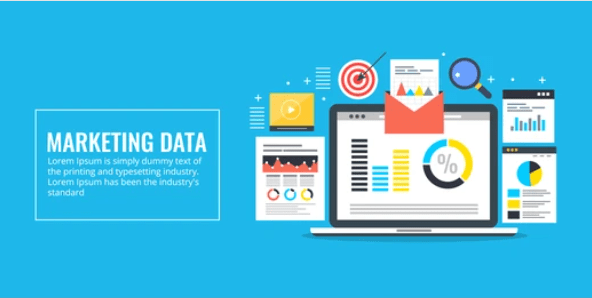Demystifying Facebook’s Ad Match Algorithm
“A breakthrough in Machine Learning would be worth ten Microsofts” is how Bill Gates describes the emerging field of Machine Learning. To give it further context, Machine Learning deals with the construction and study of systems that learn from data rather than follow explicitly programmed instructions. In a recent presentation given by Facebook titled “Applying Machine Learning to Ads at Facebook Scale,” Facebook Machine Learning expert Ewa Dominowska discussed how Facebook has strategically applied Machine Learning principles to their Ad Match Algorithm, which has made for a better, more effective advertising tool for marketers on the platform.
With over 1 billion active daily users and 2.5 million active advertisers on Facebook, matching the right ad with the right user at the right time can be a challenge for marketers looking to connect with consumers on the platform. Additionally, many of these advertisers are creating new ads each day in the same exact context as earlier advertisements, so they become harder to distinguish and prioritize.
Facebook addresses this issue, dividing the problem for matching the right users to the right ads into two steps based on machine learning methods:
- Identify the parameters that factor into making the right match: The matching algorithm used by Facebook is based on the concept of decision trees (Gradient Boosted Decision Trees, to be exact), in which specific relevant features are selected to be used as categorical transforms. One of the advantages in using decision trees is that they allow for joint effect modelling of various features (i.e. understanding importance of features based on their behavior) – a task too cumbersome to be done using only regression methods. Facebook classifies the features used into two categories: contextual features and historical features. Contextual features, as the name suggests, depend exclusively on the current information regarding the context in which the ad is to be shown, such as local time, day of week, device used by the users, current page, etc. Historical features, on the other hand, depend on the knowledge learned from previous interactions with the ad or the user such as CTR of the ad, average CTR of the user, and cumulative number of clicks (and several other features that Facebook doesn’t disclose). Based on the studies run by Facebook, historical features by far outweigh contextual features in predicting clicks on ad except when the historical features are not known.
- Keep the matching algorithm fresh by continuously training the algorithm: Once the relevant features have been identified, Facebook then uses a regression model to dynamically assign weights to these features. Facebook employs this dual-pronged strategy because it is easier and faster to train a regression model on a continuous basis in order to keep the matching algorithm relevant.
How Marketers Leverage This Information:
In today’s data-driven world, understanding the mechanics of a black box on at least a high level can provide marketers a substantial edge. Below are some of the specific ways in which marketers can make best use of the information mentioned above.
- Use Facebook’s Automatic Bid Optimization Option: Unless there is a strong reason not to, marketers should use Facebook’s automatic bid optimization option regardless of their payment strategy (CPC, CPM, OCPM or CPA). Based on inner workings of Facebook’s ad matching algorithm, this option is likely to deliver higher quality clicks, greater reach, and a better CTR for their campaign.
- Provide Accurate Target Audience Information: It is important for marketers to ensure that all adverts within an advert set share the same audience and bid type – and then allow Facebook’s ad match algorithm to optimize for the best performing advert. Since the algorithm takes into consideration the preferences specified by marketers, it is essential that marketers provide accurate information about the target audience. In addition to selecting the audience based on interests and demographics, Facebook provides a couple of options for marketers to further optimize the target audience – namely, the “Custom Audience” and “Lookalike Audience” tools through their Power Editor. Power editor is bulk ads creation and management tool, tailored specifically for large Facebook advertisers. Custom audiences are made up of people in your audience list that have used the same sign-on email to sign up for a Facebook account. Lookalike audiences are audiences derived by Facebook that share similar interests and demographics as your custom audiences.
- Ensure Your Campaign is Relevant: Because historical features seem to influence clicks more than the contextual features, marketers should focus their time and energy on making their campaigns more and more relevant for their target audiences.
As social media usage continues to grow, Facebook will likely remain one the most prominent advertising platforms for marketers. And as usage of the Facebook platform continues to grow, Facebook’s Ad Match Algorithm will need to evolve to keep up with changes in the volume, variety, and velocity of ads. Marketers are encouraged to keep themselves abreast of the changes in Facebook’s ad technology through their daily interactions with the platform to get the most out of their campaigns.




